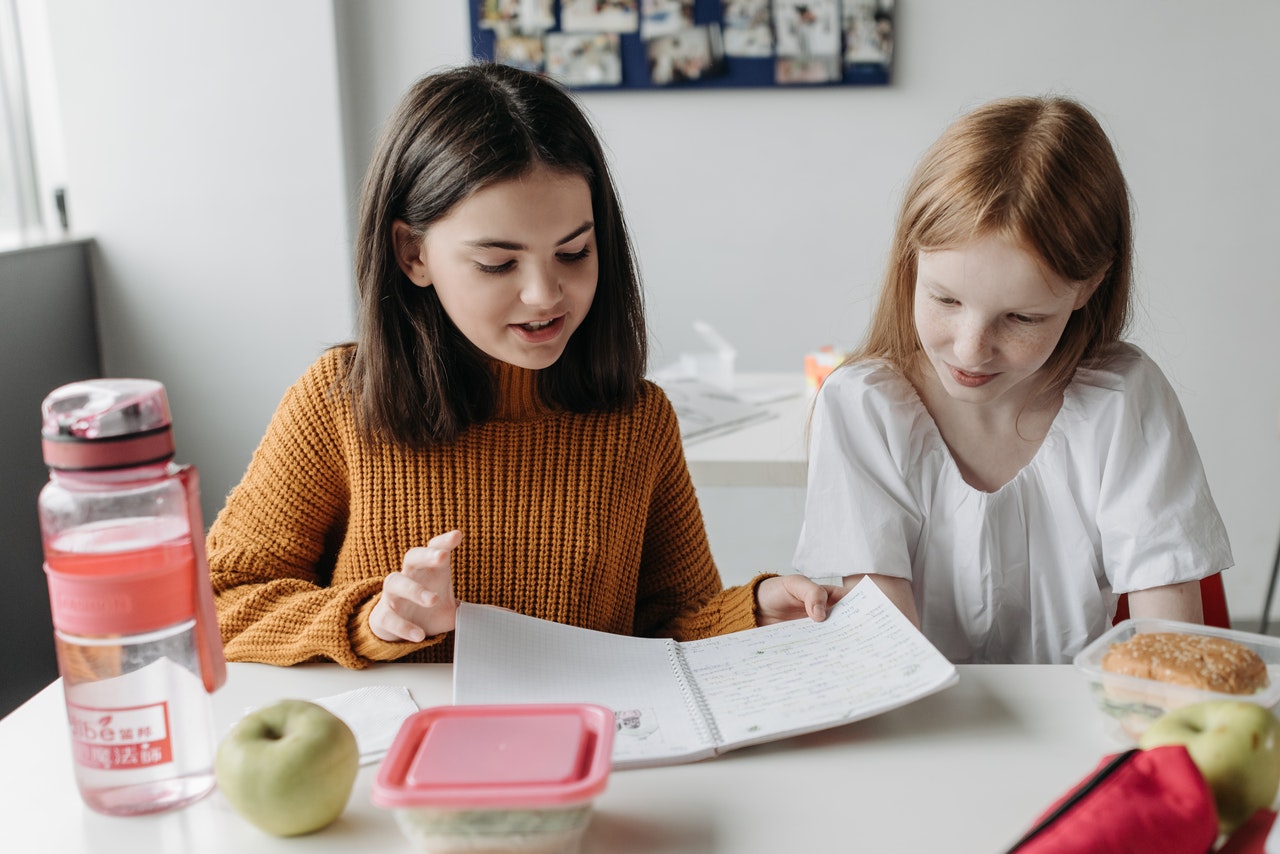The emotional and intellectual load of the student is so great that he spends a huge amount of calories – the student’s brain spends almost 25% of the energy received from food, while the “head” of an adult-only receives about 3-4%. Therefore, children aged 7-10 years with food should receive about 2000 kcal per day, at 11-14 – already 2400-2600 kcal, and at 16 years old – 3000 kcal (their parents – 2000-2200 kcal, and grandparents – only 1500 kcal).
A smart and healthy body should not accept fried potatoes, scrambled eggs and chocolate bars. Real honours students need completely different products. Children’s nutritionists do not get tired of repeating – in the morning the child should eat something warm, not too greasy and not very sweet. Therefore, the real queen of a healthy breakfast at all times was my mother’s milk porridge.
Benefits of school lunches – vital vitamins
It is rich in complex carbohydrates, which will gradually release glucose into the blood, and the child will feel full until school lunch. The best porridge is buckwheat, it contains a lot of vegetable proteins, phosphorus, calcium, iron and B vitamins necessary for the active work of the brain. But if essay writing is not your child’s cup of tea – there are affordable paper series. Oatmeal, moreover, cooked from flakes, is in second place in terms of usefulness: in this form, it is easier to digest. Rice has more starch and less protein.
A real storehouse of valuable amino acids is fish and seafood. The benefits of healthy school lunches are that their unique composition helps to activate and restore brain cells – this is protein, polyunsaturated fatty acids Omega-3 and Omega-6 (there are especially many of them in salmon, trout, mackerel, herring), phosphorus, calcium, iodine, selenium, fat-soluble vitamins A and E.
For lack of seafood, you need to eat seaweed. After all, it contains trace elements of seawater, similar in composition to human blood. In addition, kelp is rich in potassium, sodium, magnesium, silicon, calcium, iodine, iron and other elements that are difficult to find in everyday food. Sea kale also leads to vitamin composition. A, B1, B2, B12, C, D, E, H, provitamin F, PP, B9, B15 – this is not a complete list of the substances necessary for the body that are contained in this product.
Chocolate for Children
Chocolate within reason. Nothing invigorates so much during exams as chocolate, literally after a slice a second wind opens up! If exams are complicated for you – essaysadvisor.com comes in handy. The treat contains carbohydrates, which are food for brain cells. But everything is good in moderation. For elementary school students, slices of milk chocolate will be enough, for high school students, slices of black are enough. Unlike noble chocolate, caramels and lollipops are a real threat to the growing body. Firstly, caries of the soul do not cherish in the molasses remaining on the teeth, and secondly, the pancreas suffers from chemical muck.
The nutrition of a school child has recently become not only a headache for parents, but also a serious problem of modern nutrition. According to studies, only in the capital, 80% of students do not receive enough vitamins and minerals and, as a result, they do worse, think more slowly, get tired faster and come to the end of high school with a whole bunch of various diseases.
What foods do students need every day?
Write essay for me confirms that the growing body of a student needs a complete set of nutrients: proteins, fats, carbohydrates, minerals, and vitamins. The lack of one or more of them leads to a delay in growth and development.
Proteins are essential for building new cells and tissues. Proteins have the greatest biological value, which contains a balanced set of amino acids – nonessential and irreplaceable. The source of such proteins are milk and dairy products, fish, eggs, and meat. However, do not get carried away with protein foods only of animal origin. For example, meat should not be given to a child daily in unlimited quantities, even if he adores it. But fish is very useful for children – it is easily digestible, rich in mineral salts, and vitamins and contains omega-3 fatty acids necessary for mental development. By the way, fats are also important building material for organs and tissues, including the brain. In addition, fat-soluble vitamins enter the body with them. But it is important that easily digestible fats are present in the diet. They are found in butter and vegetable oils.
Vitamins increase physical and mental performance, contributing to the body’s resistance to various diseases.
Related Meals You May Like:
High Protein low-Fat Recipes
Mini Tart Recipes
High Protein Vegan Meals
High Protein Meal Prep Recipes
Keto Meal Prep Recipes
Meals Under 300 Calories
If you like this article about the benefits of school lunch, please share this with your friends on Facebook, Twitter, and Pinterest. Also, you can subscribe to my blog to get all the latest articles first on your mobile.
SHARING IS CARING!




